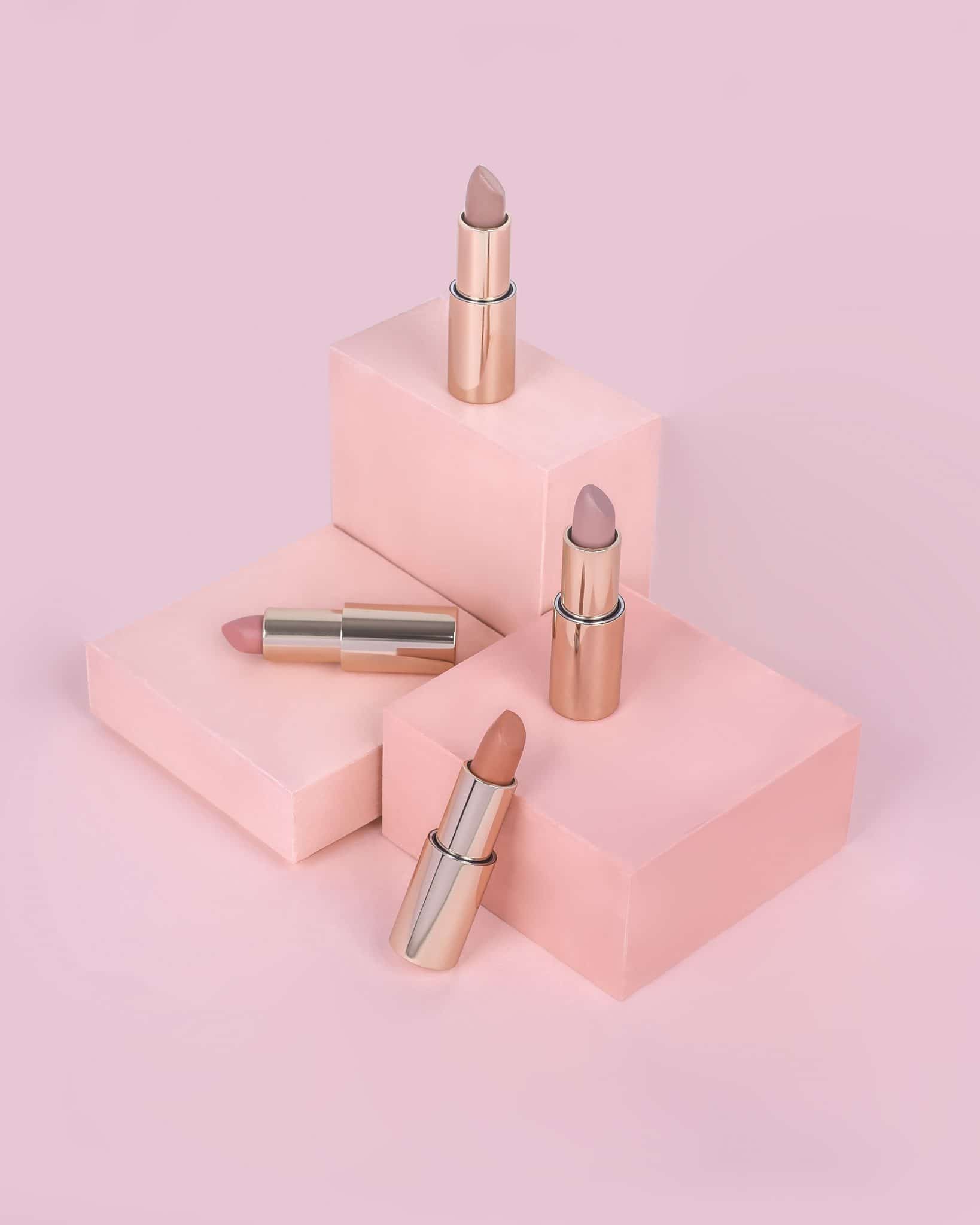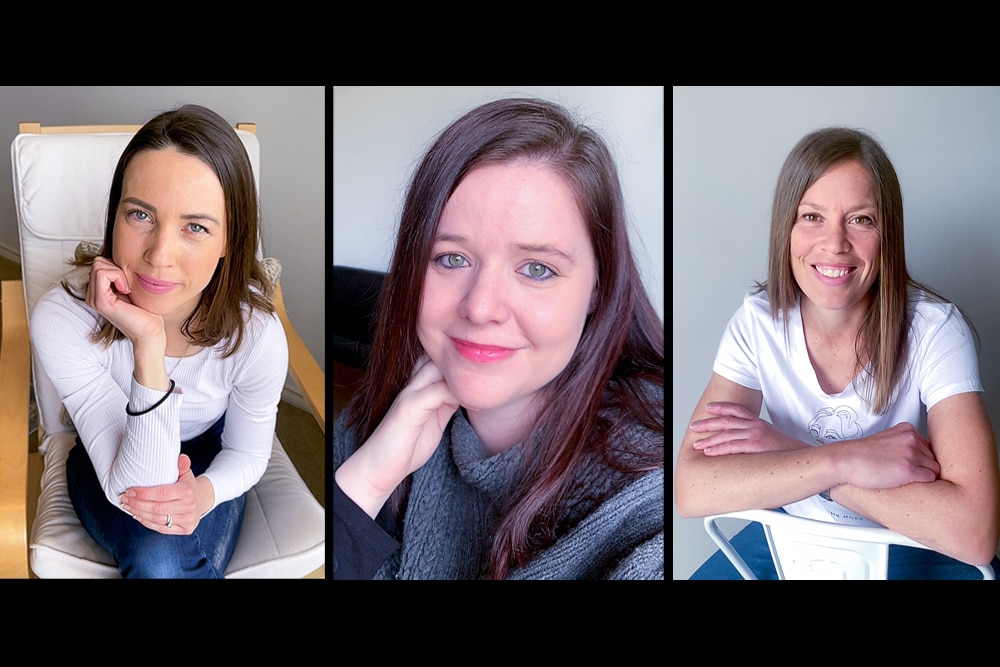Friday 17 September is Bright Pink Lipstick Day, where Canberrans can “wear, share and show they care” about family health history.
Funds raised will go towards Pink Hope, a charity filling the gap in supporting women with a genetic high risk of breast and ovarian cancer, who may not have yet developed symptoms.
According to Cancer Australia, women who carry a fault in BRCA1 or BRCA2 genes have a high lifetime risk of breast cancer, estimated to be in the range of 30-60 per cent, and a lifetime ovarian cancer risk of about 20 per cent.
Pink Hope provides information and connection to all its members, including those in the ACT. Three local members sat down with Canberra Daily (remotely via FaceTime) to share their stories.
Natalie
When Natalie was diagnosed with BRCA1 at only 19 years old, Pink Hope was among the pamphlets handed to her before being sent out the door. As the years passed, and her mother’s ovarian cancer developed, the stress of the unknown began to wear at her mental health.
“When I was around 25-26, I received a questionnaire. Some study being done on breast cancer in Melbourne. Do you ever get anxious about an ache or pain in your body? At 19, I wouldn’t have given it much thought. Just because I have an ache or pain doesn’t mean I have cancer.
“But the older I got, the more anxious and irrational I grew. I’d have an odd pain and think ‘God, could that be it?’
“That’s when I sought out support and guidance and found Pink Hope.”
Members of Pink Hope guided Natalie through the countless weighty decisions that followed, including the birth of her daughter, the decision process leading up to her preventative mastectomy, and longing for a second child.
“I wanted to wait with the surgery so I could breastfeed my second child. Then I had a scare, a lump in my breast. After that, I decided I’d have the double mastectomy as soon as I can.”
A health professional herself, Natalie was shocked by the lack of information readily provided by the first surgeon she met.
“He just sat back and said, ‘What do you want to know?’ He didn’t examine me, and the psychological side of it was not addressed.”
Robyn, a leader in Pink Hope ACT, had been an ear to Natalie’s worries and armed her with 17 questions to ask the surgeon. However, after her negative experience, they immediately sought out recommendations for a different surgeon through Pink Hope.
“[My new surgeon] referred me straight to a psychologist. She went through everything without me having to ask.
“I had my whole list of 17 questions, and never once had to bring it out,” Natalie smiled.
Gyan
Having inherited BRCA1 from her dad, Gyan grew up watching her aunts battle both breast and ovarian cancer.
“32. That’s the magic number in my family … Both my aunts were diagnosed at that age, and one passed away within the year.”
“The other beat two lots of breast cancer, before ovarian cancer got her in her 50s.”
For Gyan, the most difficult part of the journey was deciding whether to conceive naturally or through IVF, as many women with BRCA are encouraged to do.
“Through IVF, you do have the option to test the embryos, but if they come back BRCA positive, they don’t let you use them, and the embryos are effectively destroyed.”
“I couldn’t. Personally, I couldn’t go that route.”
“Because of additional fertility issues, we would’ve been lucky to have any embryos, let alone with any with BRCA being classed as faulty.
“It’s a 50/50 chance that the gene is passed on. With a decision like this, you must go with your heart, and only ever do what you’re comfortable with. I left it to fate.”
Gyan is now 32 and healthy, with a nine-month-old daughter.
“She’s got a mother to guide her who has gone through all of this already at a young age. Hopefully, in 20 years, she’s got more choices than even we do now.”
Robyn
A charity worker who organises Pink Hope ACT in her downtime, Robyn has many hopes for the awareness raised through Bright Pink Lipstick Day.
“We want people to be opening up those conversations on family health history,” she said.

“With COVID, many women are afraid to go out and get preventative health screenings. Through the funds raised, we’re looking at getting an online genetic counsellor, and increasing our abilities for information days.
“Not enough people know about being high-risk, certainly not since Angelina Jolie came out eight years ago. Being informed now is no less important than it was before.”
Robyn has a dedicated focus on raising awareness of ovarian cancer. Although it has a 44 per cent risk of development in women under the age of 80, in comparison to breast cancer at 72 per cent, the five-year survival rate of ovarian cancer is just 45.7 per cent.
“While the chances of getting ovarian cancer are not as high, its mortality rate is way worse, and it’s not talked about nearly enough,” she said.
“My grandma died at 52 of breast cancer, and my mum would always say, ‘I’ll do my mammograms. I’ll check my breasts all the time’.”
“Mum ended up getting ovarian cancer, not breast.
“In the future, we want to see more research into breast and ovarian cancer for our kids,” Robyn said.
Pink Hope lipsticks are for sale at Capital Chemist pharmacies. For more information about Bright Pink Lipstick Day, visit www.pinkhope.org.au/event/bright-pink-lipstick-day
Get all the latest Canberra news, sport, entertainment, lifestyle, competitions and more delivered straight to your inbox with the Canberra Daily Daily Newsletter. Sign up here.
For More:



